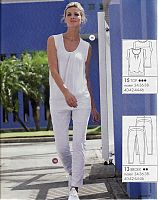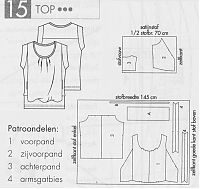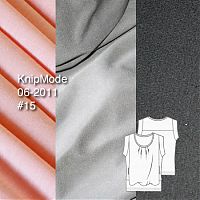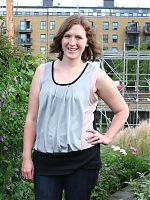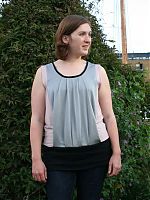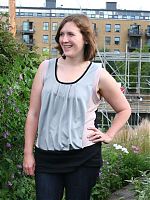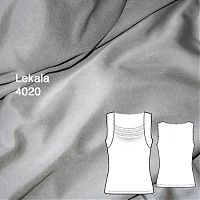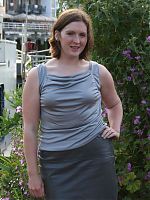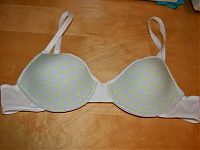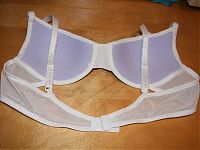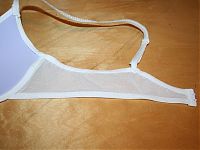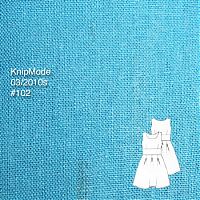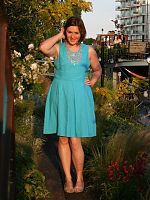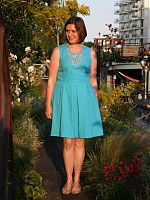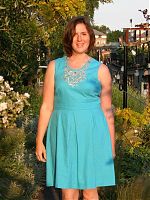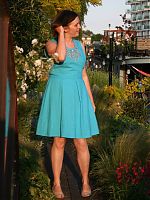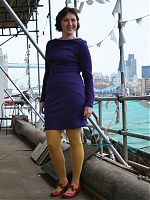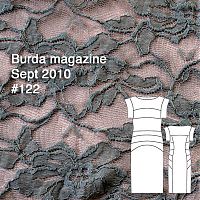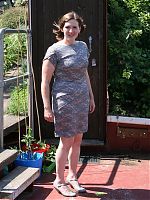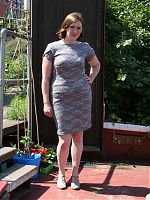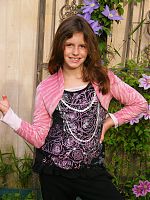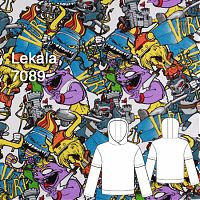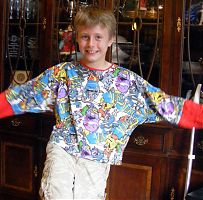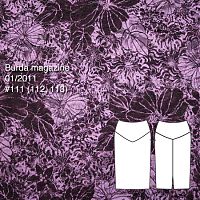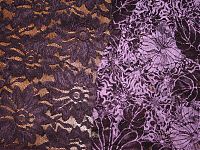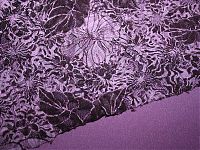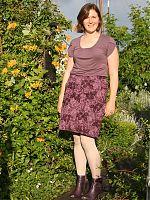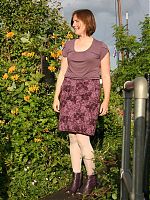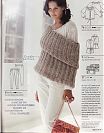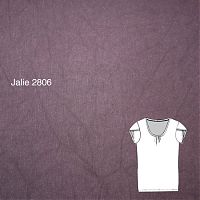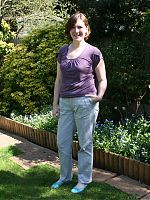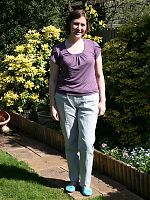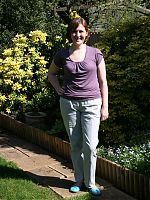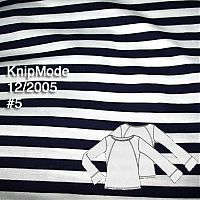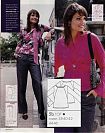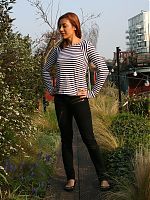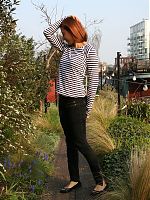I’m a big fan of the occasional “quick knit top”, but this time around, I wanted a knit top with a more challenging design to give my brain more of a 3-D spatial workout.
I was really intrigued by the pieces for KnipMode June 2011 #15 when I first saw the magazine, and even after tracing it out and laying the paper pieces together, I still wasn’t 100% sure how they were going to fit together.
I thought it best to make this up using scrap fabrics (just in case!), so I pulled out a couple of those awkward, less than 1m offcut fabrics from my stash:
- Silver silk jersey leftover from the Lekala cowl top, Gez’s bridesmaid dress or from my sister-in-law’s LMB tunic
- Pink viscose knit leftover from the summer Burda September cover dress
- Black rib knit leftover from the LMB turtleneck
To be honest, while I enjoyed the challenge of constructing the design, I wasn’t so sure about how the design would look on me throughout the entire construction. But as soon as I tried it on for the first time, I was struck by how well my colourblocking worked, and how nicely Jonathan Saunders the look is!
I get to tick three separate SS11 trends here – colourblocking, muted hues, AND volume! All in one top!

